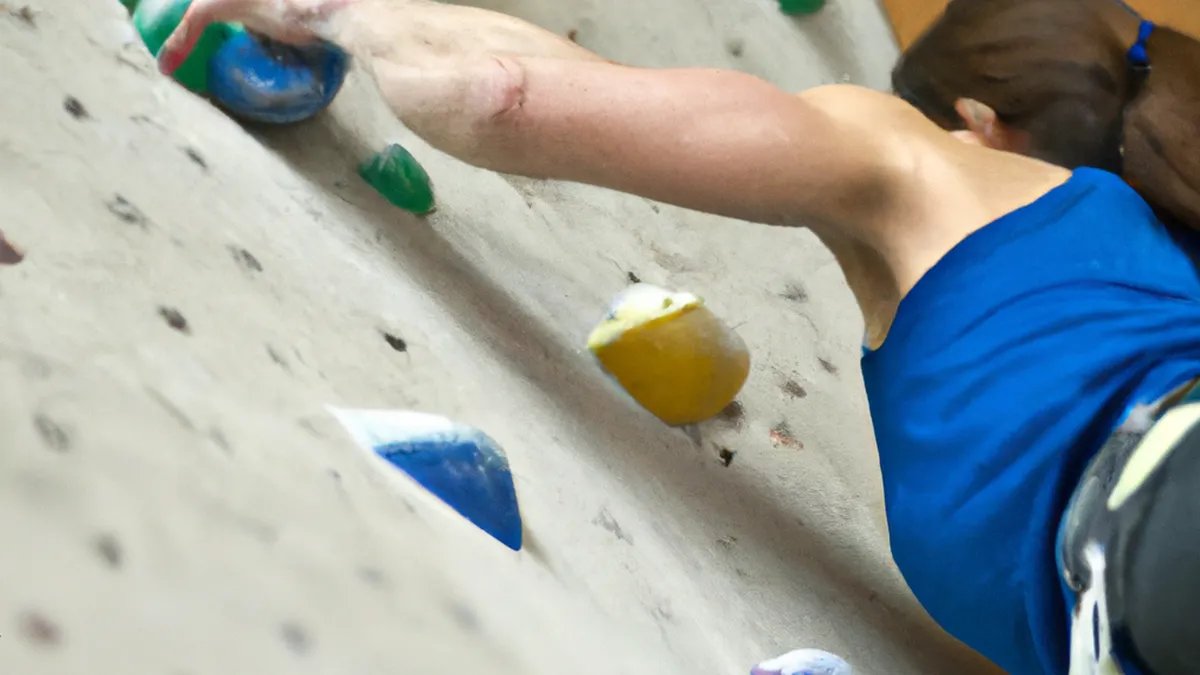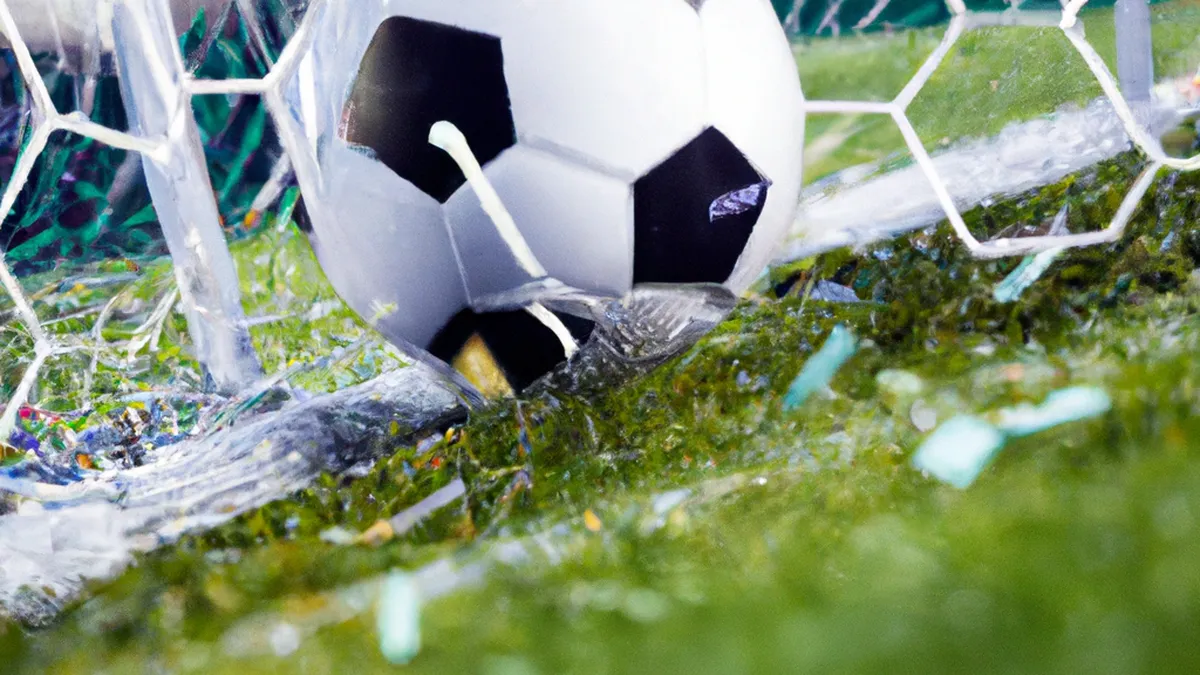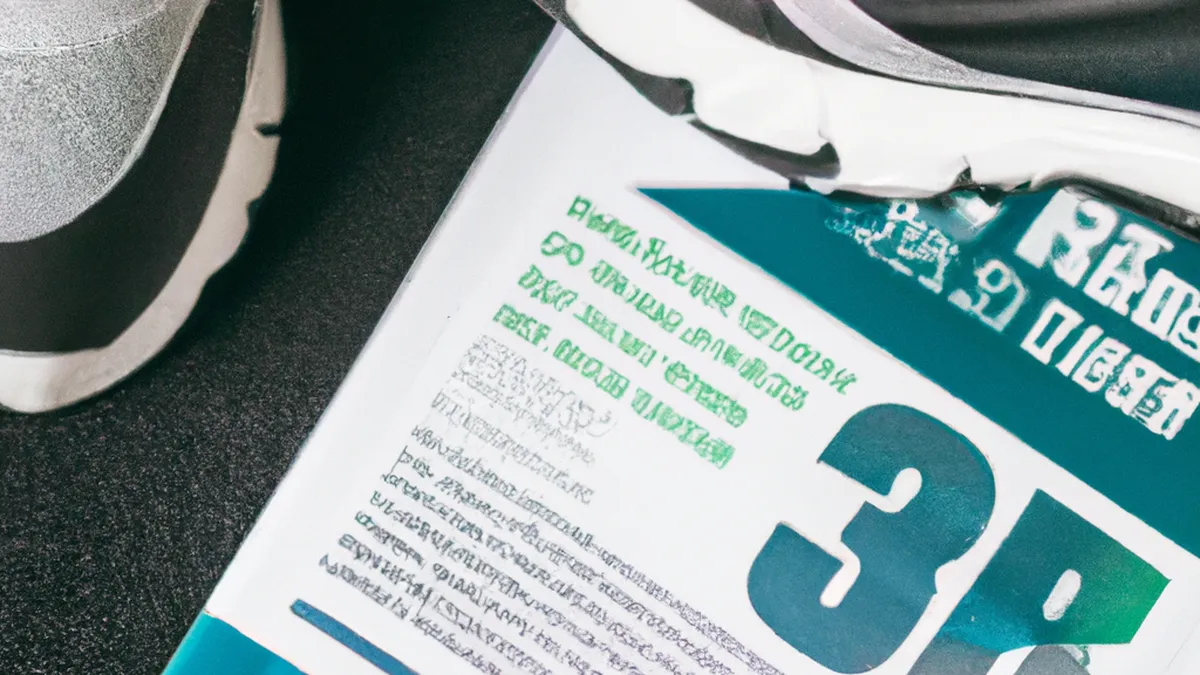Tactical Strategies for OCR Coaches (OCR / Hyrox / DEKA)
Effective Coaching Methods for OCRObstacle Course Racing (OCR) tests endurance, strength, mental fortitude, and agility. This sport stands among the most challenging and exhilarating today. Coaching athletes in OCR demands a unique approach. Effective methods can enhance performance, build team spirit, and boost morale. This guide explores strategies to help athletes thrive in OCR, focusing on physical and mental development.
Understanding the Basics of OCR
Before applying coaching techniques, understand the nuances of OCR. Athletes navigate various obstacles like mud pits, climbing walls, and balance beams. Each challenge tests different skills, fitness levels, and psychological resilience. A well-rounded training program tailored to these demands is crucial for aspiring athletes.
Assessing Athlete’s Current Fitness Levels
Begin effective coaching by assessing each athlete’s fitness level. Conduct baseline tests to evaluate strength, endurance, agility, and mental toughness. Use timed runs, obstacle courses, and strength exercises like squats and pull-ups. Identify weaknesses and strengths to craft personalized training plans.
Setting Clear Goals
Establish clear, achievable goals for each athlete. Set specific, measurable, and time-bound (SMART) goals. For instance, an athlete might aim to improve grip strength by 20% in six weeks or reduce their 5K time by one minute. This clarity motivates athletes and gives them direction in training.
Developing a Structured Training Plan
As an Amazon Associate I earn from qualifying purchases.
Gear tip: consider climbing shoes, chalk bag, and belay device to support this topic.
A structured training plan forms the backbone of successful OCR preparation. This plan should include various training elements tailored to OCR challenges.
Incorporating Strength Training
Strength training builds the physical strength needed to overcome obstacles. Focus on compound exercises like squats, deadlifts, lunges, and pull-ups. These exercises enhance overall performance on the course. Encourage athletes to train at least two to three times weekly, progressively increasing weights to challenge their muscles.
Including Endurance Workouts
Endurance plays a vital role in completing lengthy races and navigating obstacles efficiently. Incorporate long runs, interval training, and hill workouts into the regimen. These exercises improve cardiovascular fitness and stamina while simulating race conditions. Vary the terrain during training to prepare athletes for the unpredictability of actual races.
Focusing on Skill Development
Skill development is critical for navigating OCR challenges successfully. Include drills targeting skills like climbing, crawling, and jumping. Practice on monkey bars enhances grip strength and coordination, while tire flips simulate heavy lifting in competitions. Obstacle-specific training sessions help athletes feel confident and prepared.
Providing Ongoing Feedback
Regular feedback plays an essential role in athlete development.
Conclusion
This guide highlights effective coaching methods to enhance athlete performance in OCR, focusing on structured training and skill development.
Below are related products based on this post:
FAQ
What are the key components of effective coaching for OCR?
Effective coaching for Obstacle Course Racing involves understanding the sport’s unique challenges, assessing athletes’ fitness levels, setting clear goals, and developing structured training plans. Coaches should focus on strength training, endurance workouts, and skill development to prepare athletes for various obstacles.
How can a coach assess an athlete’s fitness level?
A coach can assess an athlete’s fitness level by conducting baseline tests that evaluate strength, endurance, agility, and mental toughness. This may include timed runs, obstacle courses, and exercises such as squats and pull-ups to identify strengths and weaknesses for personalized training plans.
Why is setting clear goals important for athletes?
Setting clear, achievable goals is crucial as it provides athletes with direction and motivation in their training. Using the SMART criteria—specific, measurable, achievable, relevant, and time-bound—helps athletes focus on tangible improvements, such as enhancing grip strength or reducing race times.















Post Comment